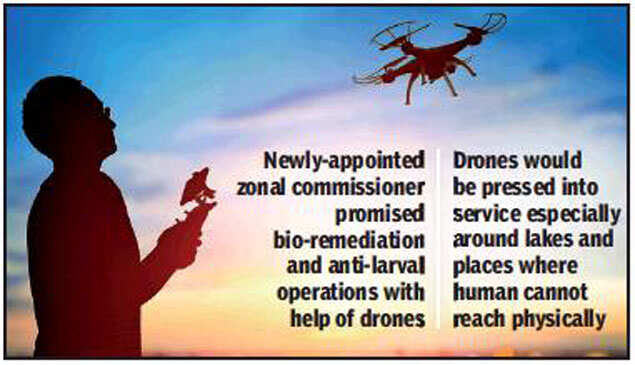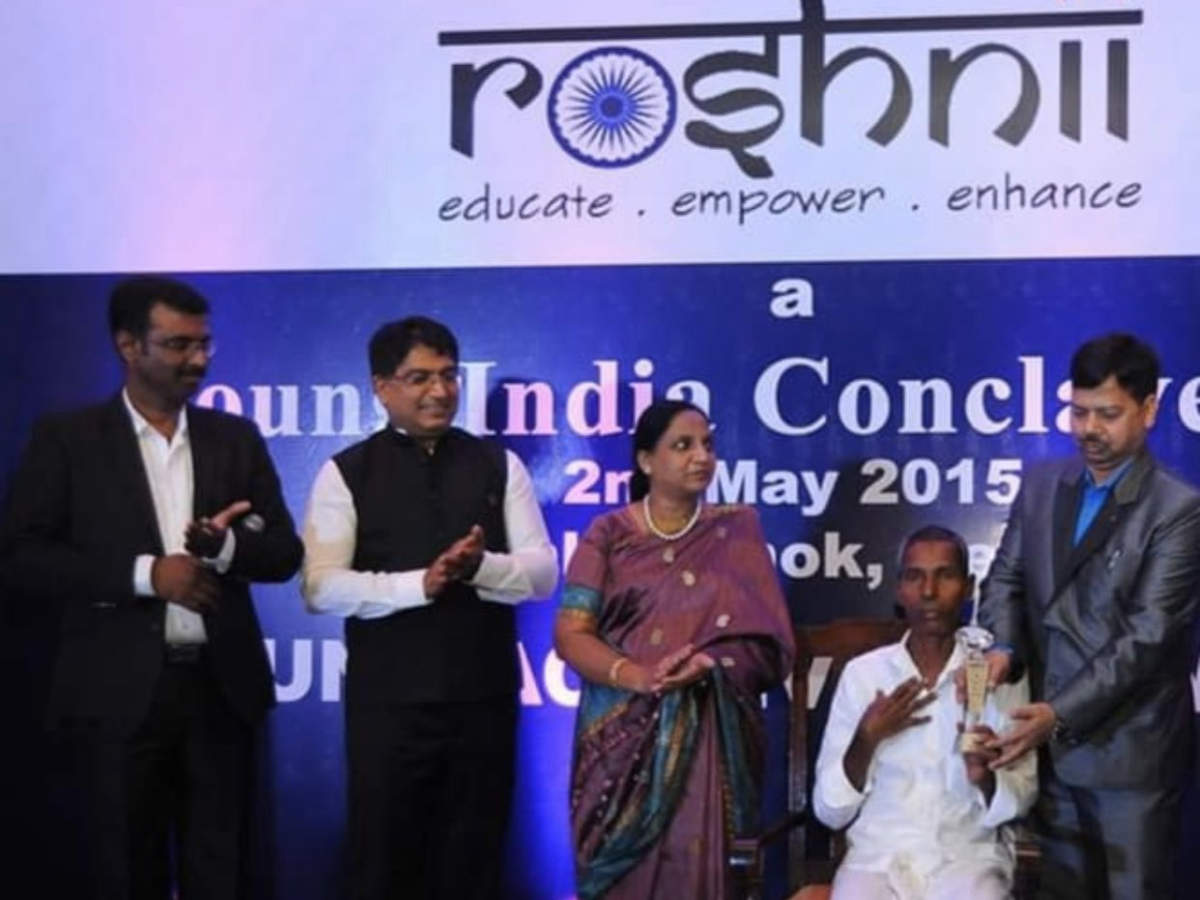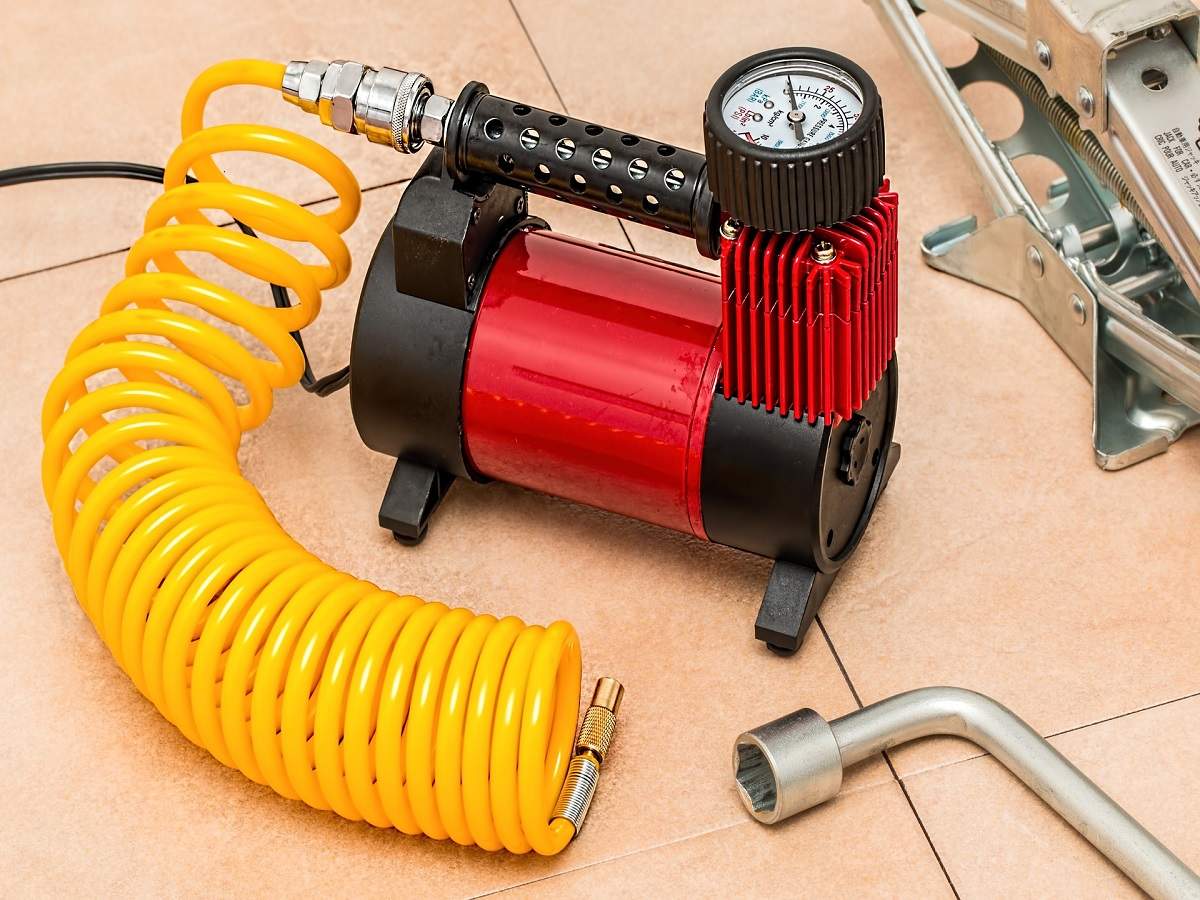
SECUNDERABAD: With residents of Uppal complaining that fogging machines just zip past their area, Greater Hyderabad Municipal Corporation (GHMC) officials took note of the exact locations and added them to their pin-point programme.
As a part of the programme, anti-larval operations are carried out in a locality every eight days. The newly-appointed zonal commissioner also promised bio-remediation and antilarval operations with the help of drones. The drones would be pressed into service especially around lakes and places where human cannot reach physically.

Replying to a question by a resident, GHMC zonal commissioner, LB Nagar, and additional commissioner, information technology wing, Sikta Patnaik said, “Fogging for a longer duration or staff equipped with fogging machines plying too slow can result in accidents. Fogging has to be done scientifically.”
She also explained the measures being taken by the entomology wing through drone and pin-point programme. GHMC entomology department officials emphasised that fumigation, in terms of fogging, was not the solution to reduce vector-borne diseases. Fogging would be done only on streets away from houses following the World Health Organization (WHO) rules, they added.
As per norms, if an employee carries a portable fogging machine (used in bylanes) on a bike, the speed limit should be between five km and 10 km. The vehicle-mounted machines ply on main roads and they ply fast compared to portable machines. “Number of vehicle-mounted fogging machines has been scaled up across Greater Hyderabad,” the IAS officer said.
Coordination with sanitation, engineering and entomology department by removing garbage points, identification of hot spots by taking epidemiological data between 2017 and 2020 were the other activities GHMC was taking up in LB Nagar as well as in rest of the city, according to entomology wing officers. “GHMC is also using eportal information to track dengue cases and take measures accordingly,” they added.
As a part of the programme, anti-larval operations are carried out in a locality every eight days. The newly-appointed zonal commissioner also promised bio-remediation and antilarval operations with the help of drones. The drones would be pressed into service especially around lakes and places where human cannot reach physically.

Replying to a question by a resident, GHMC zonal commissioner, LB Nagar, and additional commissioner, information technology wing, Sikta Patnaik said, “Fogging for a longer duration or staff equipped with fogging machines plying too slow can result in accidents. Fogging has to be done scientifically.”
She also explained the measures being taken by the entomology wing through drone and pin-point programme. GHMC entomology department officials emphasised that fumigation, in terms of fogging, was not the solution to reduce vector-borne diseases. Fogging would be done only on streets away from houses following the World Health Organization (WHO) rules, they added.
As per norms, if an employee carries a portable fogging machine (used in bylanes) on a bike, the speed limit should be between five km and 10 km. The vehicle-mounted machines ply on main roads and they ply fast compared to portable machines. “Number of vehicle-mounted fogging machines has been scaled up across Greater Hyderabad,” the IAS officer said.
Coordination with sanitation, engineering and entomology department by removing garbage points, identification of hot spots by taking epidemiological data between 2017 and 2020 were the other activities GHMC was taking up in LB Nagar as well as in rest of the city, according to entomology wing officers. “GHMC is also using eportal information to track dengue cases and take measures accordingly,” they added.
Get the app









